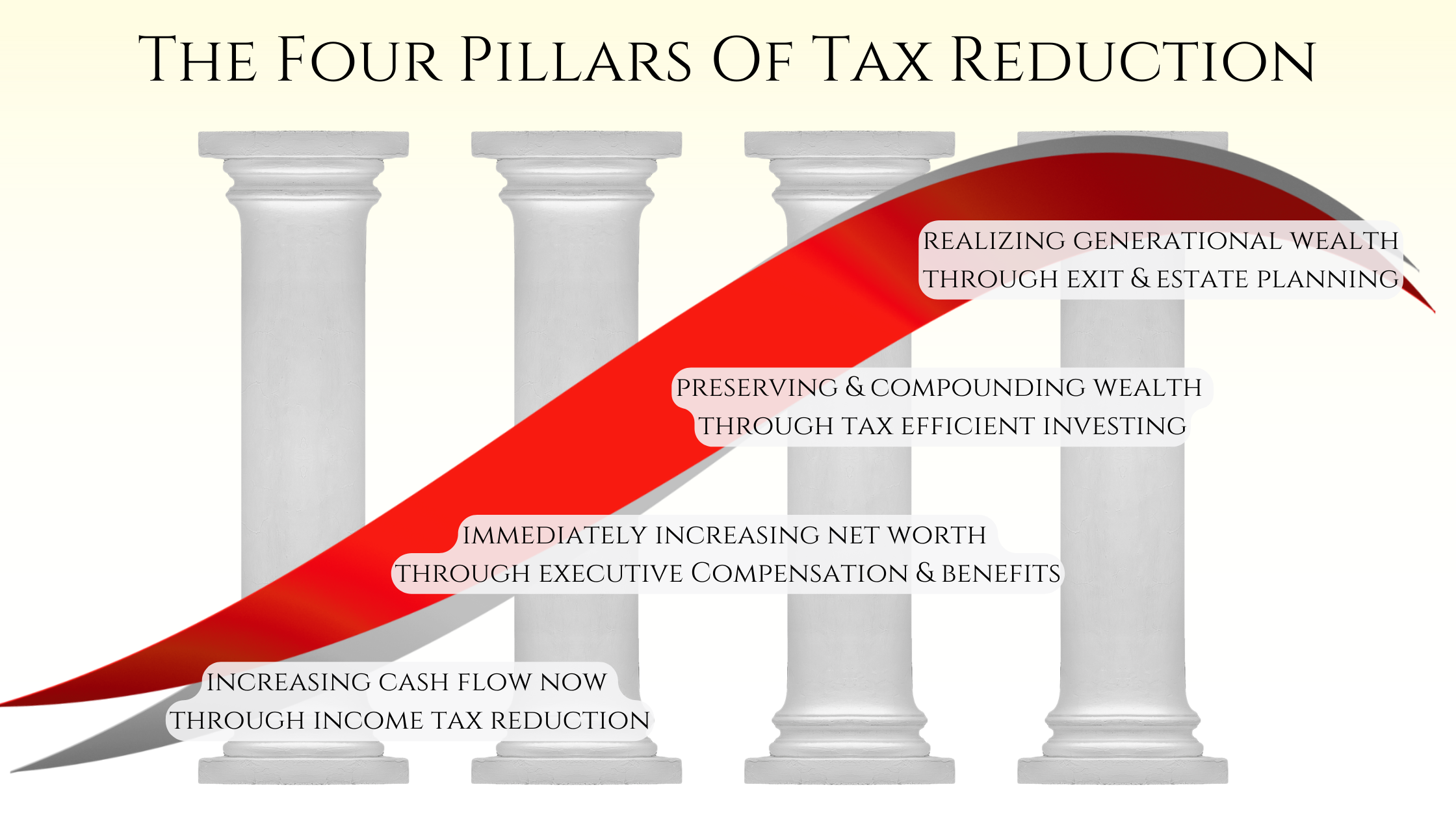For those businesses that are either younger or less structured, you should look to predictable profits and cash flows as the first dimension of growth that needs to be addressed. Predictable profits and cash flows are the foundation for effective value creation.
Simply put, creating predictable profits and cashflows will help you run your business more easily. With that in mind, harnessing the power of predictable profits and cashflows will also act to fuel your ability to exponentially expand value as you continue to grow into the future.
The Importance of Setting a Foundation
Let’s use an example for anyone who might challenge the necessity of creating predictable profits and cashflows. Say you’re a medical manufacturer that determines the best strategic initiative for your business is to target multi-million-dollar contracts with tier-one suppliers. Unfortunately, we’ve seen companies who have done precisely that, only to see their business nearing dissolvement only a year later.
These businesses’ problems are that they never set a foundation built on efficiency, structure, and profitability. Without those foundations, the company might have grown in size. But it did not have the cash available to fuel the necessary investments in people, space, and machinery to manage the now increased workload.
Furthermore, the lack of such structure often causes the business to fall short of expectations they have set with their customers. Without the required capital to execute the work, customers eventually run for the hills leaving the business with lost revenue, wasted market opportunities, and no available cash to recover.
Luckily, there are specific components of your business you can begin to focus on today to ensure you do not experience a similar fate.
Senior Management and Operations
When looking at creating value through predictable profits and cash flow, you must first look at your senior management team. Answering the following questions will provide insight into whether your business is set up for success today and into the future:
- Is there a leadership team that has been defined and identified within your organization?
- Is this leadership team organized with a clear understanding of how they can contribute to the business’s success?
- Is the leadership team supported by the structure and the required reporting relationships to run your business effectively?
- Are the systems and controls in place that scheduling and prioritization of tasks are clear and consistent?
Human Resources
Does your company have the necessary HR foundations to ensure that potential employer risks are fully mitigated? Is there a clear compensation structure and method for tracking, monitoring, and controlling your organization’s performance on a continued basis? Are policies in place for managing employee relations, infractions, and internal company procedures? Lastly, how do you recruit new talent? These are the essential questions you must answer to build a strong foundation for your HR.
Recurring Revenues
While you might not be entirely focused on revenue within this dimension of business growth, you shouldn’t forget it altogether. Taking this into account, consider what your customer base looks like.
Does your business provide enough predictability to ensure you have a backlog of available work to support your business’s expenses? Consistency of recurring revenues is key to having the confidence necessary to fuel your business’s growth.
Margin and Financial Reporting
It should come as no surprise that profit margin is a critical component of creating predictable profits & cash flows. However, I will challenge you to look beyond your profit and loss and examine how present the concept of profit margin is across your business’s functions. If you are a business that is required to estimate or quote work, are estimators and salespeople provided a required margin for opportunities they are pursuing?
Furthermore, are there approval steps in place for circumventing these requirements when necessary? If your business operates in a production environment, are operators aware of estimated margins and times associated with completing customer jobs?
Additionally, what are the consequences or management action steps to address when these targets are not met? What about pricing? Do you only price products and services based on market appetite, or do you balance your impression of the market with an accurate depiction of your costs?
Lastly, how do you manage new investments? Is there a profit margin justification for new hires, new equipment, and other business improvements, or are these investments made as reactionary responses? Essentially, margin cannot only be a figure reviewed retroactively but must be proactively managed at each step of your business cycle.
Key Takeaways
If the word ‘budget’ is not a part of everyday conversations and management meetings, you have some work to do in this area. As you can see, creating predictable profits and cash flows is no simple task. However, you must accomplish it before focusing your attention on predictable revenue growth and eventually maximizing enterprise value.
Here’s the good news: after all of the hard work you and your team put into creating predictable profits and cash flows, you will have set yourself up for success long into the future. These foundational pillars of an organization will ensure that every additional dollar in revenue you generate creates corresponding increases in overall company profit.
Even better, these foundations all contribute to continuous improvement, which means if you start focusing on these pillars today, you have created that much of a higher ceiling when you get closer to an eventual exit.
Do you want to build a strong foundation for your business? Contact us today and maximize your business’ enterprise value.



